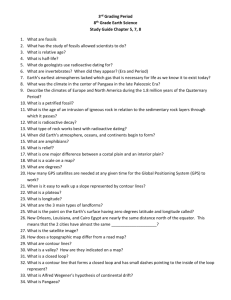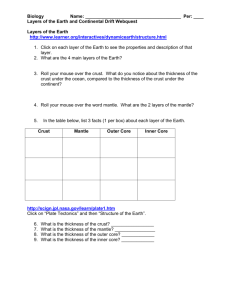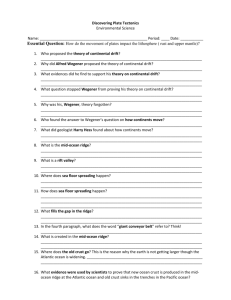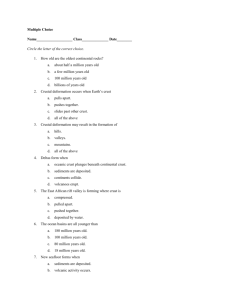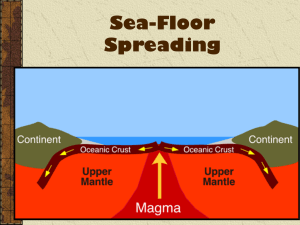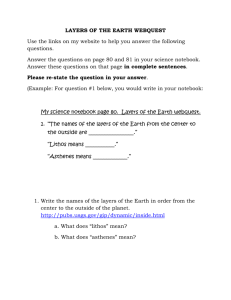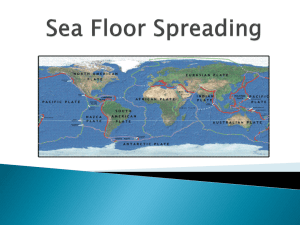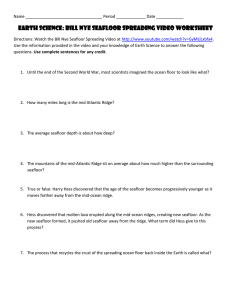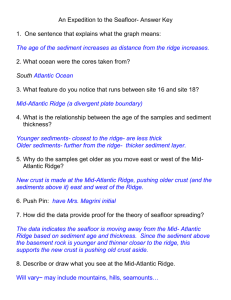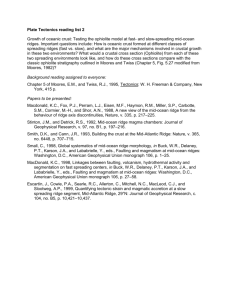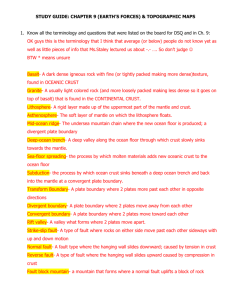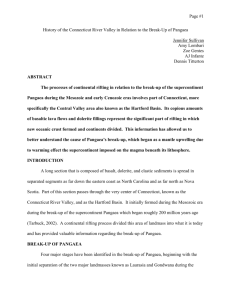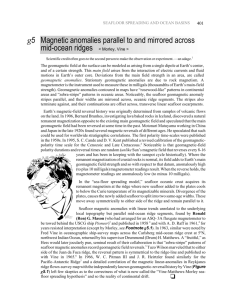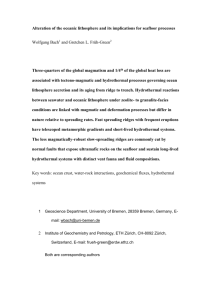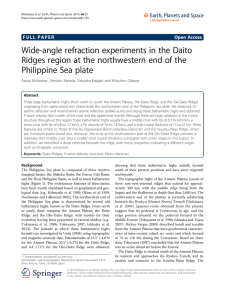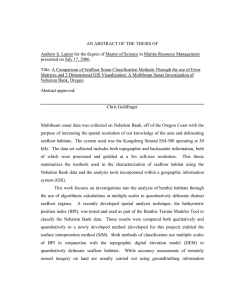Review for 7th Grade Science Final – Earth Science Concepts
advertisement
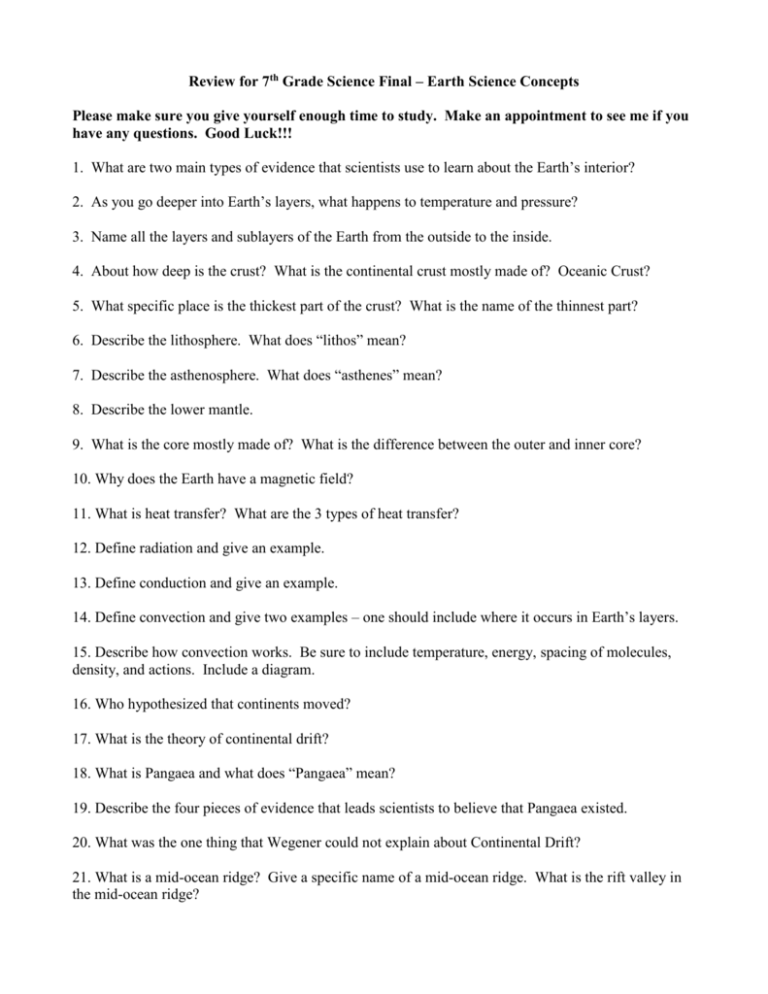
Review for 7th Grade Science Final – Earth Science Concepts Please make sure you give yourself enough time to study. Make an appointment to see me if you have any questions. Good Luck!!! 1. What are two main types of evidence that scientists use to learn about the Earth’s interior? 2. As you go deeper into Earth’s layers, what happens to temperature and pressure? 3. Name all the layers and sublayers of the Earth from the outside to the inside. 4. About how deep is the crust? What is the continental crust mostly made of? Oceanic Crust? 5. What specific place is the thickest part of the crust? What is the name of the thinnest part? 6. Describe the lithosphere. What does “lithos” mean? 7. Describe the asthenosphere. What does “asthenes” mean? 8. Describe the lower mantle. 9. What is the core mostly made of? What is the difference between the outer and inner core? 10. Why does the Earth have a magnetic field? 11. What is heat transfer? What are the 3 types of heat transfer? 12. Define radiation and give an example. 13. Define conduction and give an example. 14. Define convection and give two examples – one should include where it occurs in Earth’s layers. 15. Describe how convection works. Be sure to include temperature, energy, spacing of molecules, density, and actions. Include a diagram. 16. Who hypothesized that continents moved? 17. What is the theory of continental drift? 18. What is Pangaea and what does “Pangaea” mean? 19. Describe the four pieces of evidence that leads scientists to believe that Pangaea existed. 20. What was the one thing that Wegener could not explain about Continental Drift? 21. What is a mid-ocean ridge? Give a specific name of a mid-ocean ridge. What is the rift valley in the mid-ocean ridge? 22. Who came up with the idea of seafloor spreading? 23. What are the 3 pieces of evidence for seafloor spreading? 24. Describe the evidence from molten material. 24a. What’s the difference between lava and magma? 25. Describe the evidence from drilling samples. 26. Describe the evidence from magnetic stripes. 27. What are large underwater canyons called? 28. What is subduction? 29. Describe the process of seafloor spreading and explain why it happens. 30. What is happening to the Atlantic and Pacific Oceans? Explain why. 31. What is the theory of plate tectonics? 32. Name the 3 types of plate boundaries and explain how they move. 33. What are the two things that can happen at a divergent boundary? (on land and in the ocean) 34. What are the three things that can happen at a convergent boundary? 35. What usually happens at transform boundaries? 36. What kinds of patterns did you see when we looked at where earthquakes and volcanoes occur with the G.I.S. software on the computer? 37. What is the difference between a focus and an epicenter? 38. Describe the three types of stress that occur within the crust. 39. Describe the three types of faults that occur. 40. What are the three types of seismic waves? 41. For each type of seismic wave, describe both names, nickname, speed, how it moves, damage it can do, and what type of phase of matter is can travel through. 42. What is the tool that detects and measures seismic waves? 43. What is refraction? How does it relate to studying the layers of the Earth? 44. What is topography and a topographic map? 45. What is a contour line? Contour Interval? Index contour? 46. For the following landforms, explain what you would see on a topographic map: flat area steep area mountain top plateau where a stream travels down mountain ridge line depression 47. Know how to label contour lines and how to read a topographic map. GOOD LUCK!!!
